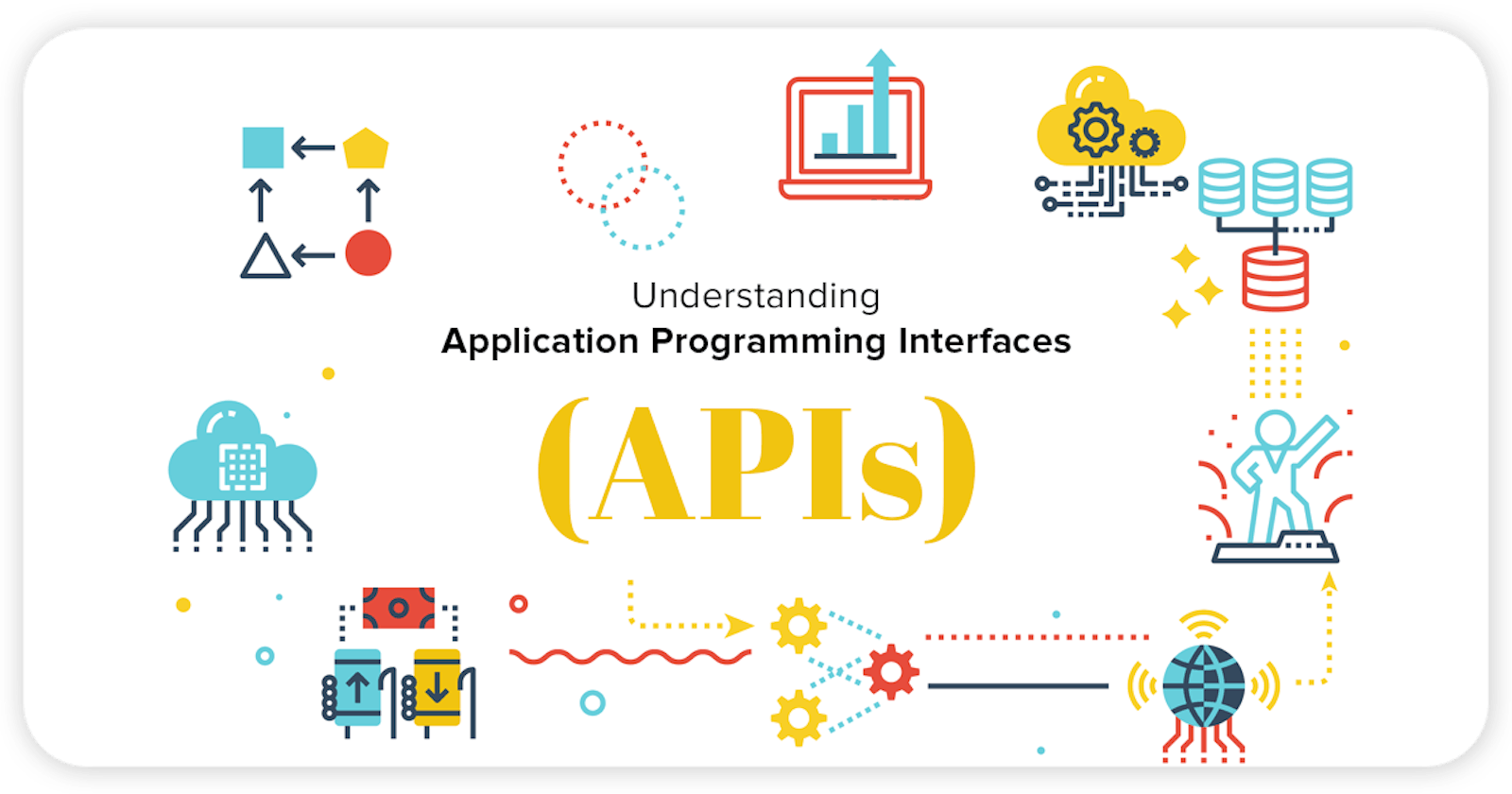Introduction:
APIs, or Application Programming Interfaces, play a pivotal role in today's technology landscape. They enable developers to create applications that seamlessly interact with other software systems, applications, or databases. In this blog post, we will delve into the world of APIs, exploring their significance and various aspects.
Understanding APIs: At its core, an API comprises protocols, routines, and tools that facilitate software and application development. By leveraging APIs, developers gain access to the necessary resources and tools for building applications that can communicate with other systems, enabling seamless data sharing and exchange. APIs can be categorized into web APIs, cloud APIs, mobile APIs, and more, each serving specific purposes.

Web APIs:
Web APIs, also known as RESTful APIs, enable programs to communicate over the internet. They provide developers with access to information and features from remote servers and databases, using industry-standard protocols like HTTP or HTTPS. Notable examples include the cloud-based applications and services offered by Amazon Web Services and Google Cloud Platform.
Mobile APIs:
Mobile APIs are designed to facilitate communication between mobile applications and backend servers. They enable crucial functionalities such as user authentication and data synchronization, making it easier for mobile apps to interact with server-side components.
The Benefits of APIs:
APIs form the foundation of modern software development, empowering various programs to communicate and share data. They offer several advantages, including scalability, reliability, and security. By utilizing APIs, developers can focus on building the core features of their applications without worrying about the underlying systems or infrastructure. APIs also foster code reuse, reducing development time and costs.
Best Practices for Working with APIs:
While APIs offer immense possibilities, utilizing them effectively can be challenging. Developers can adopt different approaches based on their requirements. Graphical User Interfaces (GUIs) provide a user-friendly interface for accessing APIs. Command-line tools and Software Development Kits (SDKs) are favored by many developers for their pre-built functions and libraries that simplify API integration, saving time and minimizing errors.
Conclusion:
In conclusion, APIs are an indispensable part of today's technology landscape, enabling developers to create scalable, reliable, and secure applications. Whether you are building web, mobile, or cloud-based services, APIs provide the necessary tools and resources. It is crucial for developers to understand the different types of APIs and their functionalities to create successful applications.

